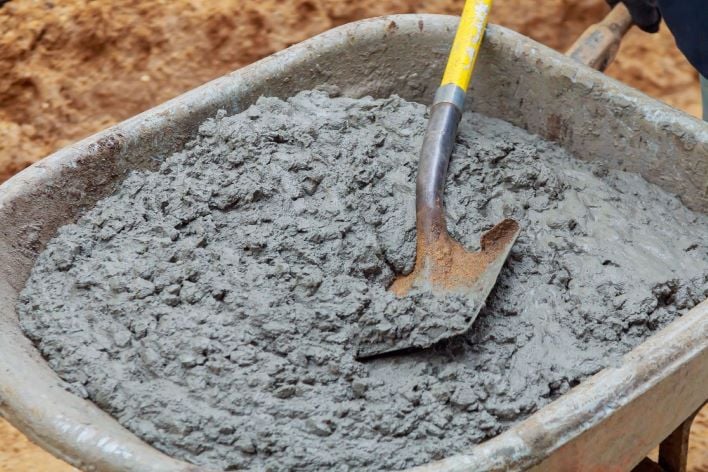Researchers Discover Way To Store Electricity In Cement To Turn Roads Into Batteries

Imagine if the concrete in your humble abode or the concrete roads you drive on can be used to store and discharge electricity. As counterintuitive as using concrete may sound (since the material is traditionally a poor electrical conductor), a group of intrepid researchers at Massachusetts Institute of Technology (MIT) has applied modern technology and an old resource to make concrete batteries a possibility. Move over, Tesla Powerwall!
Of course, the idea to use structural materials like concrete or aircraft/automotive composites as supercapacitors isn't new. Research teams have long attempted to infuse concrete with graphene-based carbon nanotubes. But while they serve as safe and non-flammable supercapacitor electrolytes, they're also expensive to produce and scale for real-world applications.
Instead, Franz-Josef Ulm, a civil engineer, and his team at MIT sought a cheaper solution, eventually landing on the high-conductive carbon black. Carbon black is found naturally and through human activities resulting from incomplete combustion of fossil fuels, biofuels, and biomass (some examples include forest fires, wood stoves, diesel engines, etc.). It goes without saying that this material is abundant, cheap (or even free), and found around the world.
Ulm's team mixed carbon black with cement powder and water. Because carbon black naturally clump together in water, they form long tendrils that resemble a network of wires. The researchers cut the wired concrete into small supercapacitor plates 1mm thick by 10mm wide, then wrapped the plates in a potassium chloride electrolyte membrane to form a sandwich structure. When provided with power, Ulm and his team's invention could light up a series of LED lights. Scaled up, the team believes that a standard carbon black-infused house could store up to a day's worth of energy.
The next order of business would of course be to figure out the technical challenges of scaling this electrified cement technology to larger projects. Part of the problem is conductivity of supercapacitors decrease as their size increases. Adding more carbon black to the concrete mixture is a solution, but not to the point of weakening the structural integrity of the mixture. Ulm said that a 1:10 carbon black to concrete ratio strikes a nice balance of strength and conductivity.

